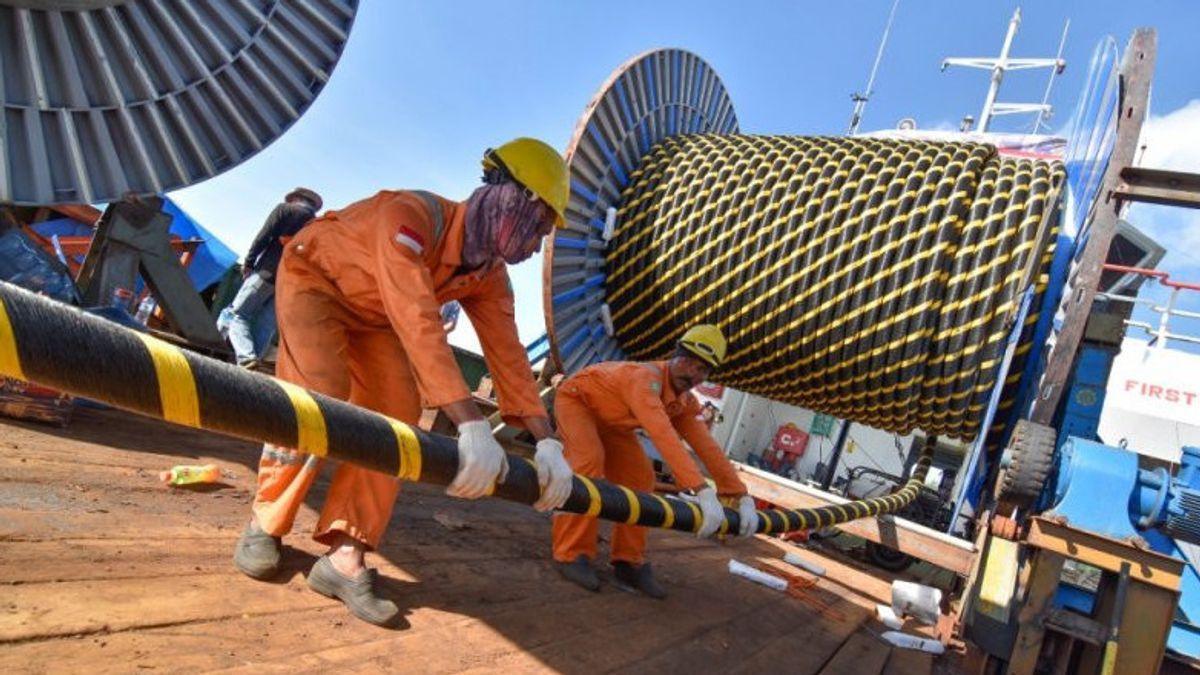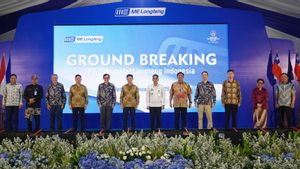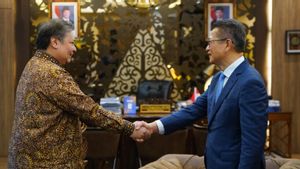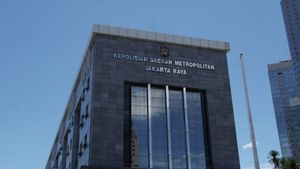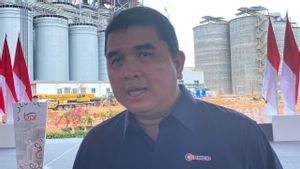JAKARTA - PT PLN (Persero) officially operates the electricity infrastructure of the 150 kV Sumatra-Bangka Interconnection System via an underwater power cable. That way, the growth in electricity consumption on the tin-producing island can be met.
PLN's Director of Mega Projects and EBT, Wiluyo Kusdwiharto, said that electricity can be supplied from the Sumatra electricity system to Bangka Island.
"The interconnection process for the Bangka electricity system and the Sumatra electricity system will be carried out on March 26, 2022 at 15:04 WIB in synchrony at the GI 150 kV Muntok Bangka," said Wiluyo, quoted Tuesday, March 29.
The operation of the Sumatra–Bangka interconnection system also contributes to realizing the net zero emission target. Several power plants that use fuel oil, such as several Diesel Power Plants (PLTD) with a total capacity of 83 MW, will be deactivated and only used as a back up system.
In addition, this interconnection system has the potential to provide cost savings of Rp. 795/kWh or Rp. 1.03 trillion per year and a reduction in the use of B0 fuel by 91.98 million liters/year and B30 by 137.29 million liters/year.
According to Wiluyo, with the operation of the submarine cable, in the future energy transfer from Sumatra to Bangka Island can be carried out to meet electricity consumption growth and improve the quality of PLN's services to its customers.
In 2022, there is the potential for additional 20,653 customers with a potential connected power of 74.65 MVA, with a selling GWh of 1,381.45 GWh.
Previously, Bangka Island electricity was supplied from several power plants which were dominated by oil fuel with a peak load of 190.2 MW. At that time, Bangka's electricity system was recorded to have almost touched the capacity limit of 191.5 MW, so that the total power reserve was only 1.3 MW.
With this interconnection, the power reserve on Bangka Island will increase to 281 MW and will increase gradually.
With an average growth in electricity sales in the last 3 years of 8.52 percent, the island of Bangka is one of the areas with a fairly high growth rate of electricity in Indonesia. This right is caused by the growing fishing industry, the development of the palm oil processing industry, quartz sand, tin smelters and tourism.
The process of developing the Sumatra - Bangka submarine power cable interconnection system has varying levels of complexity in each stage, starting from the site survey, licensing process, land provision and free space before finally entering the construction phase which is broadly divided into 3 main sections.
Section 1 is the construction of the Tanjung Carat Landing Point and the 150 kV High Voltage Air Line (SUTT) and the 150 kV High Voltage Cable Channel (SKTT) along the 20 kilometers located on the island of Sumatra.
Section 2 is the work of laying a 36-kilometer long sea cable that connects the islands of Sumatra and Bangka islands. Section_3 is the construction of the Muntok Landing Point and the 150 kV High Voltage Air Line Transmission (SUTT) along 9.16 kilometers on the side of Bangka Island.
The Sumatra - Bangka interconnection is one of the longest sea cable electricity systems in Indonesia and is one of the most difficult electricity transmission projects to develop.
The construction process for the 150 kV SUTT, 150 kV SKTT and the Landing Point are in areas with extreme contours in the form of swamps, muddy soils and prone to river predators, so the process requires special skills and methods.
One example is that the mobilization of equipment and materials must be carried out using small boats and is highly dependent on tidal conditions.
"This development is a manifestation of PLN's commitment to providing clean and environmentally friendly electrical energy to answer the challenges of the times in providing reliable, sustainable and environmentally friendly electricity services for the community," said Wiluyo.
The English, Chinese, Japanese, Arabic, and French versions are automatically generated by the AI. So there may still be inaccuracies in translating, please always see Indonesian as our main language. (system supported by DigitalSiber.id)
